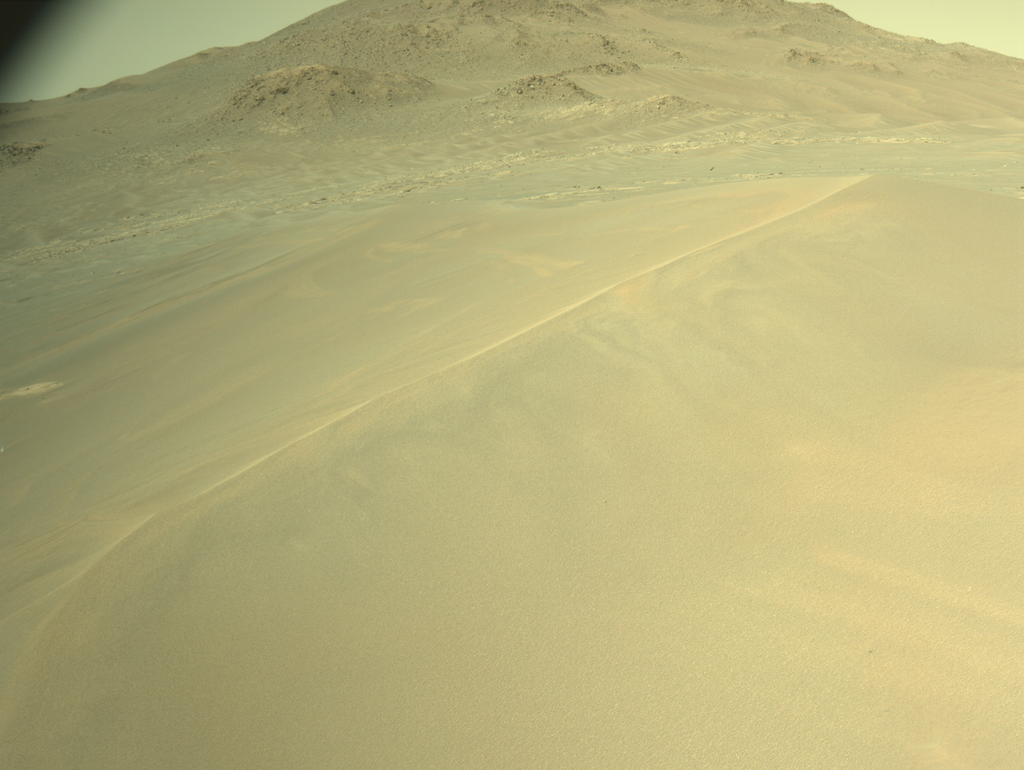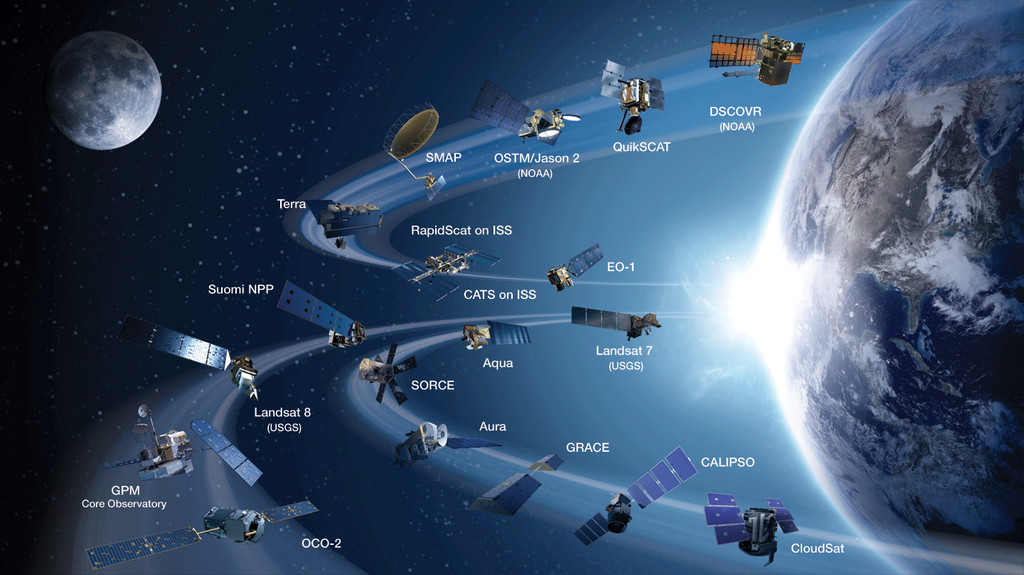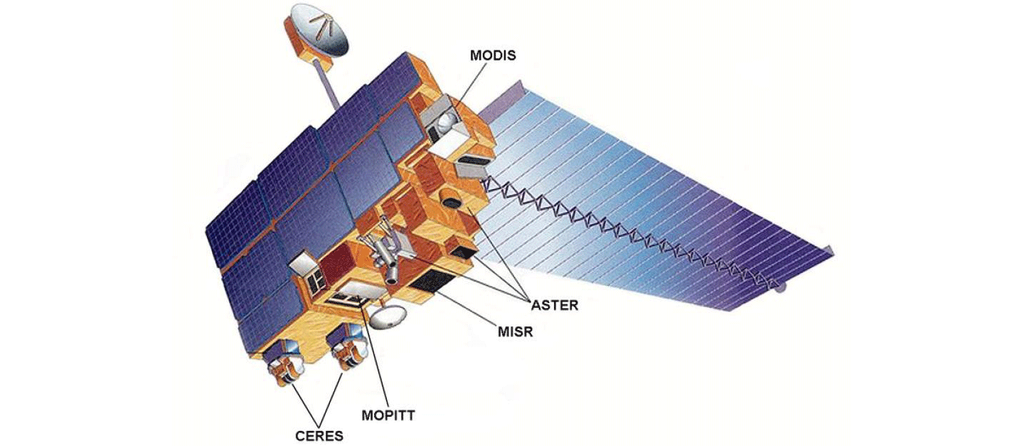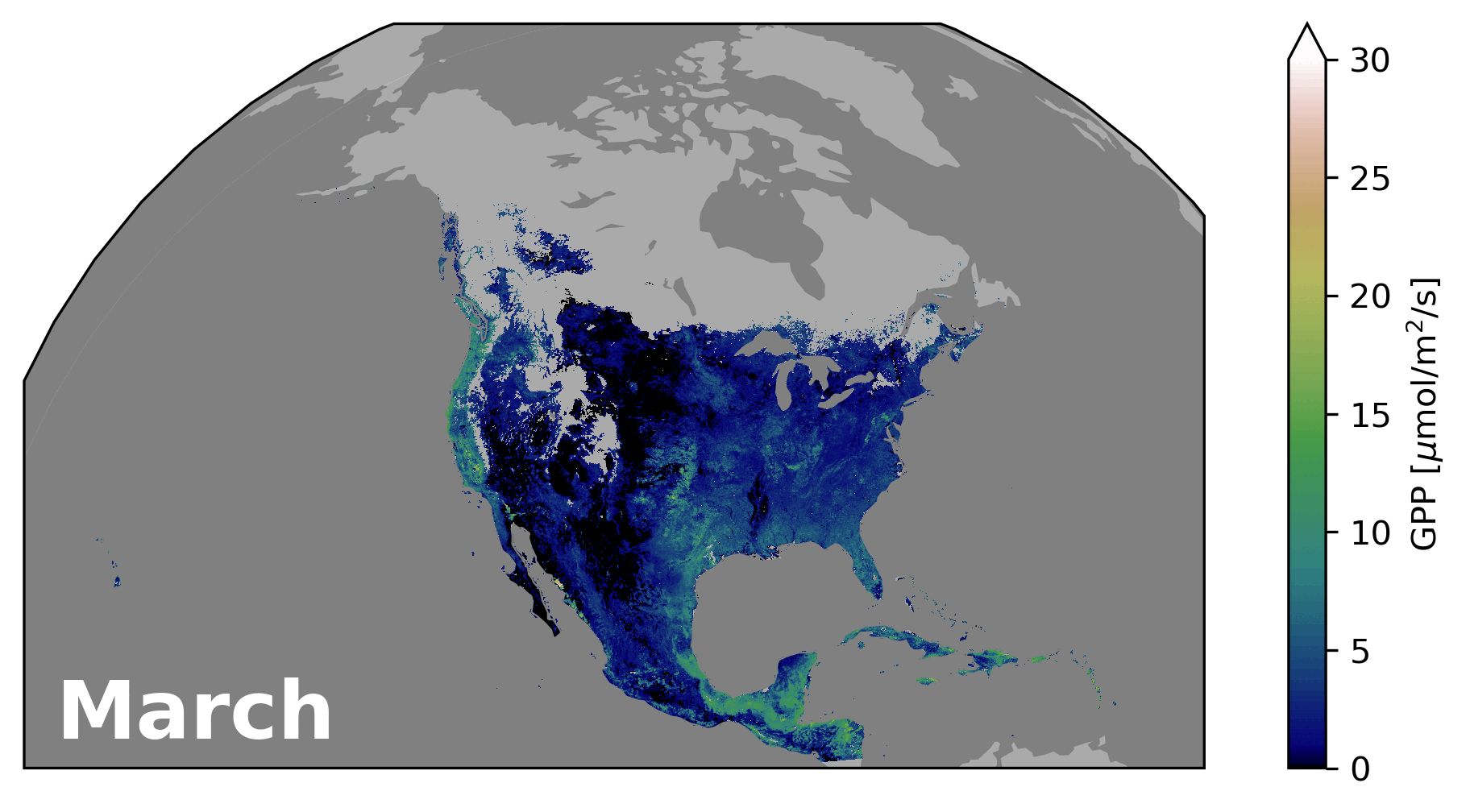NASA Scientists Map Plant Productivity with Data from Ocean Satellite
NASA scientists have developed a new set of tools to monitor plant growth under various conditions throughout the growing season. The hope is that land managers could use these tools to detect sudden drops in plant productivity and to respond earlier to events like heat stress, droughts, and cold snaps. Monitoring the productivity, or how efficiently plants are producing energy through photosynthesis, is essential across various landscapes to sustain ecosystems, support rich biodiversity, and ensure reliable food production.
Throughout the world, different ecosystems, such as mountains, tropical forests, tundra, and farmland, support a wide variety of vegetation types. Researchers have previously used instruments like the Moderate Resolution Imaging Spectroradiometer (MODIS) on NASA’s Terra and Aqua satellites to monitor Earth’s ecosystems, analyzing the specific wavelengths of light related to photosynthesis that MODIS detects. In a study published on July 10, scientists turned to the Ocean Color Instrument (OCI) aboard NASA’s Plankton, Aerosol, Cloud, ocean Ecosystem (PACE) satellite to see what this new data could tell us about plant productivity throughout the seasons, by observing the time period beginning in March and stretching through September 2024.
NASA launched PACE in February 2024 to assess oceanic and atmospheric health. Since then, Earth scientists are encouraging researchers to use the satellite’s instruments for data gathered over land. Compared to MODIS, OCI captures a much broader range of the light that reflects from plants and collects more data overall. The new monitoring tools rely on data from OCI, providing a clearer picture of productivity year-round.
~Cathy Ching




























